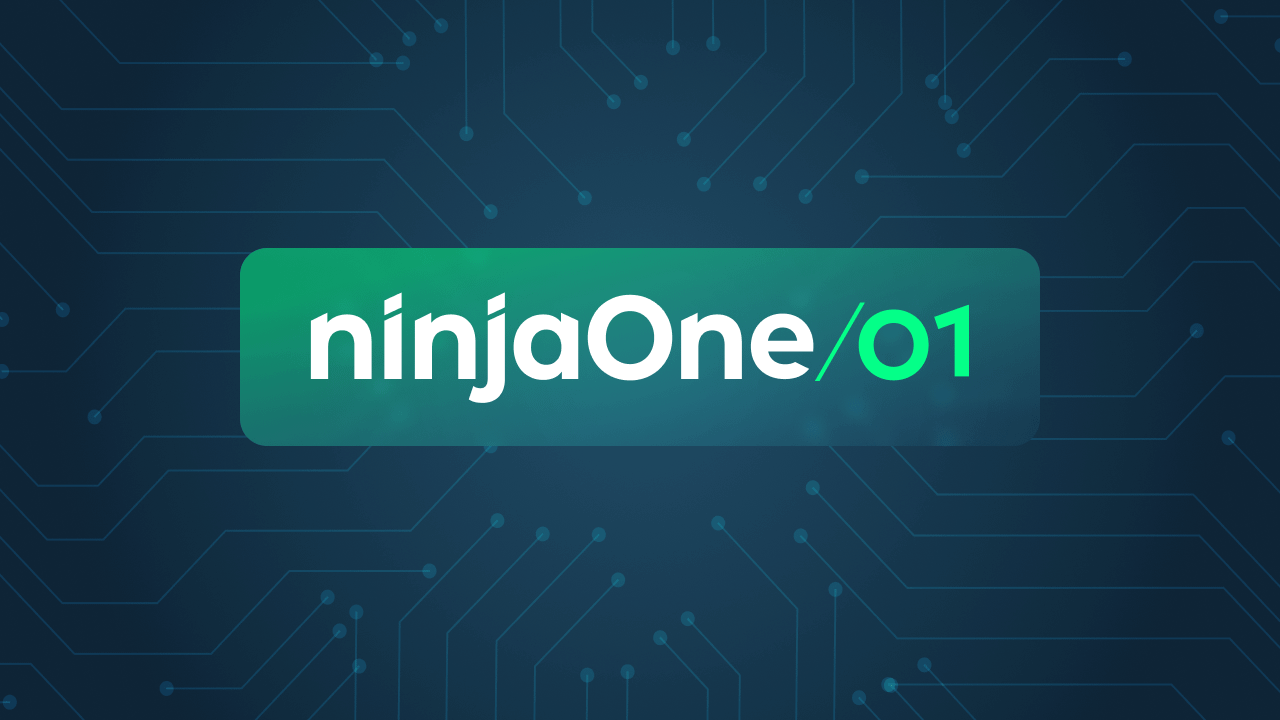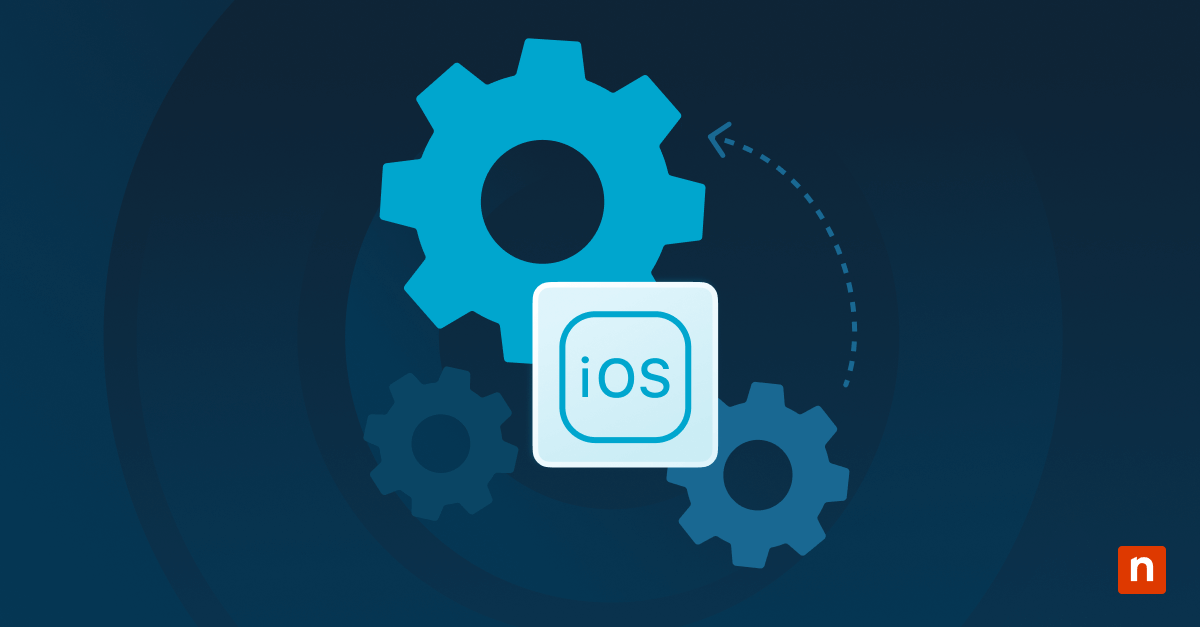Some Background About Android and Android Enterprise
In this article, you will learn about what is Android Enterprise and its nuances. Android has emerged as the market leader in the mobile world, with its influence extending far beyond personal use. In today’s business landscape, Android devices are increasingly favored for their affordability, diverse functionalities, and open-source nature. However, managing a fleet of mobile devices, especially across various Android versions and models, presents a significant security challenge. This is where Enterprise Mobility Management (EMM), also known as Mobile Device Management (MDM), comes in.
An API (Application Programming Interface) is a set of rules and protocols that allows one software application to interact with another. APIs define the methods and data structures that developers use to create integrations between different software systems. EMM or MDM platforms rely on APIs to communicate with and control managed devices. Features such as enabling passwords, disabling the camera, or preventing the installation of applications are managed by various APIs. This concept applies not just to Android but to all modern operating systems. Communication with applications is also managed by APIs. For instance, sending an SMS message to a mobile device, social media apps, or photo editing tools requires APIs.
While OS vendors like Apple and Microsoft included APIs with their operating systems, Android did not for many years. However, being an open-source OS, there was available information for developers to write their own APIs. The problem with this approach was that different EMM platforms either used their own APIs or third-party ones, which were not standardized.
After the release of Android 5.0, Android introduced Android Enterprise, offering a set of APIs to manage Android devices and communicate with Android applications. From this point on, there was a common set of APIs available for authorized developers and EMM providers.
What is Android Enterprise?
Android Enterprise is a Google-led initiative designed to make it easier for businesses to deploy, manage, and secure Android devices used by their employees. It provides a set of tools and services (APIs) that allow IT administrators to integrate Android devices into their enterprise environments, ensuring they meet corporate security standards.
Android Enterprise supports features such as work profiles, managed Google Play, and advanced security controls, making it ideal for companies that require robust mobile device management. Businesses across various sectors, from small startups to large corporations, benefit from its capabilities to maintain data security, manage applications, and control device configurations.
As of 2024, Android holds a significant share of the global smartphone market, with over 70% of users worldwide utilizing Android devices. This widespread adoption underlines the importance of Android Enterprise for businesses looking to leverage Android technology in their operations securely and efficiently.
Android Enterprise is not an MDM solution per se, it is a set of tools and services (APIs) that works in conjunction with an MDM solution to effectively manage them. Here is how:
Registration: Businesses sign up for Android Enterprise using a Google account tailored for enterprise use.
MDM Integration: Select an MDM provider that supports Android Enterprise, such as NinjaOne.
Managed Google Play: Configure Managed Google Play to distribute and manage apps within the organization. This allows IT administrators to curate and deploy approved applications seamlessly.
Device Enrollment: Enroll corporate-owned or employee-owned (BYOD) devices into the MDM solution. Corporate devices can be fully managed, while personal devices can have separate work profiles to segregate work and personal data.
Policy Enforcement: Apply security policies and settings through the MDM solution to ensure all devices comply with corporate standards. This includes encryption, password requirements, and other security measures.
App Management: Distribute, update, and manage apps remotely using the MDM solution, ensuring that employees have the tools they need without compromising security.
Monitoring and Maintenance: Continuously monitor device compliance, manage updates, and troubleshoot issues using the MDM platform, ensuring ongoing security and efficiency.
By leveraging Android Enterprise in conjunction with an MDM provider, businesses can achieve a high level of control and security over their Android devices, enabling a productive and secure mobile workforce.
Who Can Use Android Enterprise?
Businesses of all sizes, from small startups to large corporations, can benefit from Android Enterprise. It is particularly valuable for organizations with a mobile workforce, which require robust mobile device management to ensure productivity and data security. While Android Enterprise itself has no upfront costs to access its core features, there might be associated fees depending on the chosen Mobile Device Management (MDM) provider’s plan. This makes it an attractive option for companies looking to improve the management of their mobile devices without incurring significant additional costs. The requirements are very simple: just sign up for Android Enterprise with a Google account and choose an MDM provider, like NinjaOne, to manage your devices. One important thing to note here is that Android Enterprise cannot be used alone; it requires an MDM (or EMM) solution to work effectively.
What Are The Android Enterprise Key Features?
Android Enterprise is a set of tools and services designed to make Android devices more suitable for businesses. It offers a variety of features that can help businesses manage their mobile fleets, improve security, and boost productivity. Here are some of the key features:
-
Device Management:
Enroll many devices efficiently.
Choose different management levels depending on the needs of your business, from simply securing work data to completely locking down devices for a specific purpose.
Set security policies, control apps, and manage user access.
-
QR enrolling:
Enroll your mobile devices by simply scanning a QR code provided by the EMM provider.
-
Work Profile:
Create a separate work profile on employee-owned devices to keep business and personal data separate.
Distribute and manage work apps through the Google Play Store for Business.
-
Security:
Enforce strong passwords and encryption to protect devices from unauthorized access.
Remotely wipe a lost or stolen device to keep your business data secure.
Use features like Android Verified Boot to ensure the device software has not been tampered with.
-
Flexibility:
Android Enterprise supports a wide variety of devices from different manufacturers, so you can find devices that fit your needs and budget.
You can also customize the Android experience for your business with features like lock screen messages and wallpapers.
Overall, Android Enterprise offers a comprehensive set of features that can help businesses of all sizes get the most out of their Android devices.
Does NinjaOne Work with Android Enterprise?
Yes, NinjaOne provides a MAM/MDM solution for Android devices that leverages Android Enterprise.
NinjaOne allows you to manage your Android devices in Bring your Own Device Mode (BYOD) or company owned devices, also, it allows for Kiosk configuration.
here is a breakdown of the three Android Enterprise configurations:
BYOD mode:
Ideal for employee-owned devices where personal and work needs coexist.
Utilizes a work profile – a separate, secure container on the device dedicated to work apps and data.
IT admins manage and enforce security policies only on the work profile, leaving personal data untouched.
Employees can access work apps and data alongside their personal apps, maintaining a familiar user experience.
Offers a balance between work control and employee privacy.
In the event of an emergency, such as a stolen device, IT administrators can remotely delete the entire work profile, which removes work applications and cached data, from within the NinjaOne console.
Company Owned:
Also called fully managed.
Devices are purchased and owned by the company.
IT has full control over the entire device.
It offers more granular security policies and restrictions compared to BYOD.
IT can pre-configure devices with work apps and settings before deployment.
Suitable for scenarios where sensitive data is involved, or a more controlled environment is needed.
In the event of an emergency, such as a stolen device, IT administrators can remotely wipe the entire device and force it to reset to factory settings from the NinjaOne console.
Kiosk mode:
Devices are typically company-owned and dedicated to running a single app or a limited set of approved apps.
Often used for point-of-sale systems, digital signage, or self-service kiosks.
IT configures the device in kiosk mode, locking down the user interface and restricting access to unauthorized features.
Provides a streamlined and secure user experience for specific business functions.
Offers maximum control over the device’s functionality.
In the event of an emergency, such as a stolen device, IT administrators can remotely wipe the entire device and force it to reset to factory settings from the NinjaOne console.
How to Enable NinjaOne to Work With Android Enterprise?
Here are the steps to Enable your NinjaOne instance for Android MDM.
1. Go to Administration, then Apps, then NinjaOne MDM.
(See below screenshot for reference)

2. The MDM configuration screen appears.
3. Click Enable.
(See below screenshot for reference)
This enablement is done only once and is the same for Apple or Android devices, which means that once it is done for Android, it no longer needs to be done for Apple and vice versa.
4. After enabling NinjaOne MDM, two tabs will appear below the MDM configuration screen: Apple and Android, which need to be enabled separately as they have different requirements. Let us continue with how to enable Android Enterprise.
5. Select the Android tab.
6. Click Enroll.
(See below screenshot for reference)
7. This action will take you to the Google Play site for the Android Enterprise enrollment process. You must agree to go to the Google site.
(See below screenshot for reference)
8. Once on the Google Play site, click on Get started and continue filling out your company information. The EMM provider information will be automatically generated.
9. Once all the information has been provided, click Complete Registration to return to NinjaOne.
10. Now, your MDM configuration should appear as enabled, and Android Enterprise as enrolled.
(See below screenshot for reference)
Android Enterprise FAQs
- Is Android Enterprise an MDM?
No, Android enterprise is not an MDM solution itself. Instead, it is a framework provided by Google that enhances the security and management capabilities of Android devices. Android Enterprise works in conjunction with third-party MDM solutions to provide comprehensive device management features.
- What is “Android Enterprise Recommended”?
“Android Enterprise Recommended” is an initiative led by Google that helps customers find the best equipped Enterprise Mobility Management (EMM) solution to deploy their Android devices successfully. This program allows developers to integrate Android support into their EMM solutions via APIs and other tools. In other words, it is a shortlist of business devices and solutions that meet Google’s strict requirements.
- What is the difference between Android and Android Enterprise?
Android is an operating system designed for smartphones, tablets, and other mobile devices, while Android Enterprise is a set of features and tools that run on top of the Android operating system to manage and secure mobile devices at scale.
- Which devices support Android Enterprise?
In general, any device running Android 6.0 (Marshmallow) or later should be compatible with basic Android Enterprise features like work profiles. However, individual device manufacturers might have different levels of support and update policies. It is always recommended to check with the manufacturer for specific compatibility details. The next link shows a set of devices tested and approved by Google.
- What is the minimum requirement to support Android enterprise?
Technically, any device running Android 5.0 (Lollipop) or later could be used with some basic Android Enterprise features. However, Android 5.0 has reached end of life, meaning it no longer receives security updates. This makes it a risky choice for any business environment due to potential security vulnerabilities. Due to this, as of the date of writing this document, the recommendation is to use devices with Android 6.0 (Marshmallow) or later. This ensures access to critical security updates and a more stable platform for business applications. To take advantage of all the benefits of Android Enterprise, including features like guaranteed updates, long-term support, and a consistent work profile experience, you will need devices that are part of the “Android Enterprise recommended” program. These devices typically run the latest version of Android and meet specific requirements defined by Google for business use.













